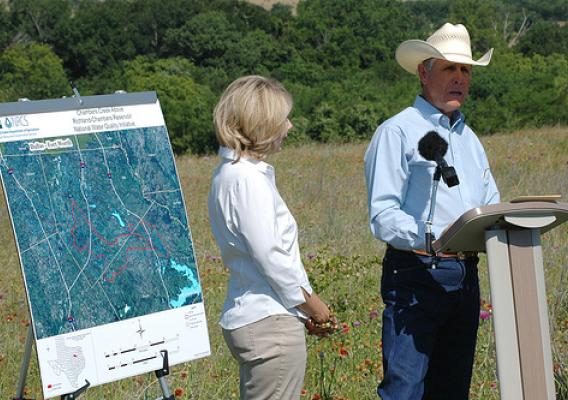Today I participated in event with Chicago mayor Rahm Emanuel to highlight the challenge of increasing access to healthy foods. It’s a conversation that I and others at USDA have had many times before. From small towns to big cities, people are talking about how to get more fresh, healthy food into their communities. Everywhere I go, parents ask how and where they can get fresh fruits and vegetables for their children. Schools ask for advice on sourcing healthier food for school meals. Shoppers ask where they can buy healthy foods in their neighborhoods.
According to the Institute of Medicine, 1 in 3 children and 2 out of 3 adults are overweight or obese. The percentage of obese adults in the United States is expected to reach 42 percent by 2030. More than 20 million Americans have diabetes, and 79 million are pre-diabetic. Our nation’s children may be the first American generation to have a shorter life expectancy than their parents’, due in large part to obesity-related diseases . In addition, the economic costs of obesity and related chronic health issues are staggering at an estimated $147 billion per year in direct costs, and billions more if indirect costs such as lost productivity are included.






